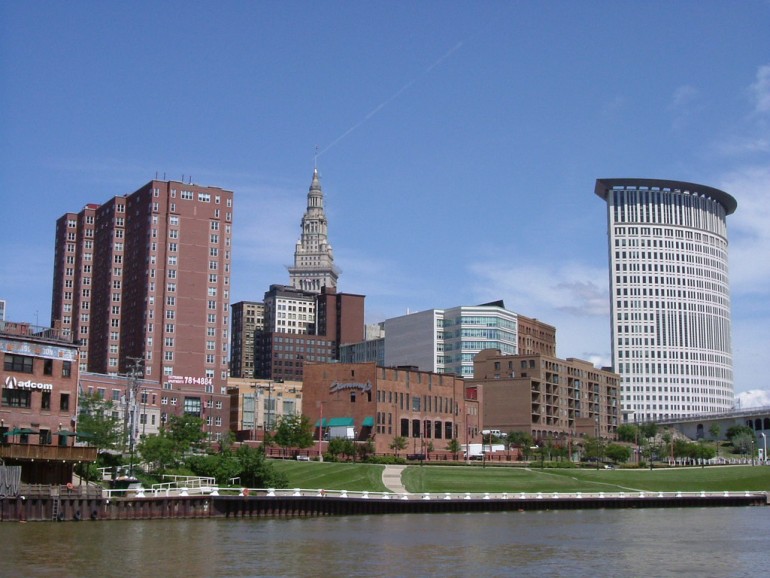Sponsored Listings:
By Julia Pond, Managing Editor
Cleveland
by: Tesa Nicolanti – Courtesy: Gogobot
Why it’s Forward-Thinking: Economic equality and sustainability. Sustainable Cleveland is working over 10 years to create a more eco-friendly city in the face of climate change deniers everywhere. In 2016 they’re leading a greener transportation initiative, and a bike share program (already present in lots of bigger cities) will arrive. There is also a mobile farmers’ market where, in contrast to the elite, expensive vibe you find in some markets, WIC checks are accepted.
Detroit

by: Mehran Memar – Courtesy: Gogobot
Why it’s Forward-Thinking: The population decline in Detroit has sparked a major urban farming trend. Organizations like Keep Growing Detroit and the Michigan Urban Farming Initiative are pack leaders but there are an estimated 1400 urban gardens in Motor City (about one for every 500 people). Recovery Park Farms is aiming to be the world’s largest single urban farm, and has been pledged a $15 million investment from the city. Now that’s a forward-thinking way to fix urban blight.
Minneapolis

by: ChrisYunker flickr – Courtesy: Gogobot
Why it’s Forward-Thinking: Its public internet, Wireless Minneapolis, covers 59 square miles, with 117 free hotspots, and a monthly fee to cover the rest. That’s a lot of easy communication for all, right there. They also mix wealth with affordability in a unique way, due to a unique policy called ‘fiscal equalization‘ where business taxes are pooled for the good of the whole city – so they avoid the insane upward spiral of house prices that has been squeezing New York and San Francisco, among many others. Finally, we’ll throw in the new light rail between Minneapolis and St Paul.
Portland
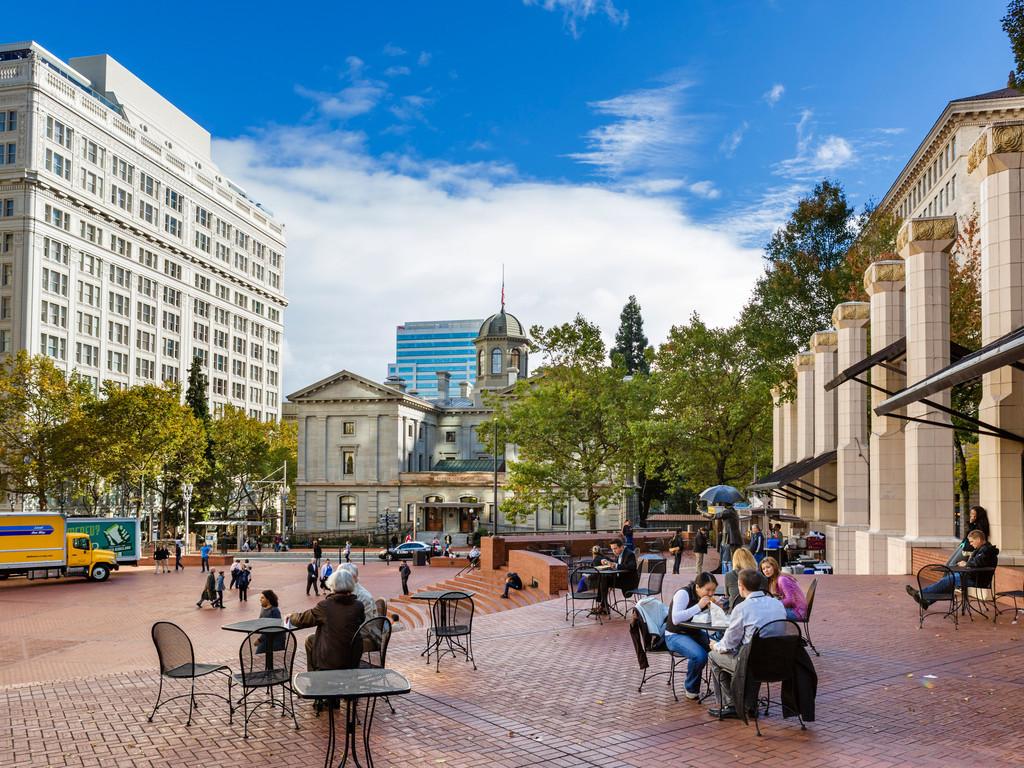
by: Travel + Leisure – Courtesy: Gogobot
Why it’s Forward-Thinking: It’s not exactly news: Portland has been ahead of the curve for long enough that there is a TV show satirizing its creative hipster vibes. They’ve had a light rail since ’86, people. Portland is also packed with LEED certified buildings and is very walkable (that means eco). In fact, they’re so ahead of the curve that other countries have been asking for consultancy, resulting in a project called We Build Green Cities which has already worked in Japan.
Chicago
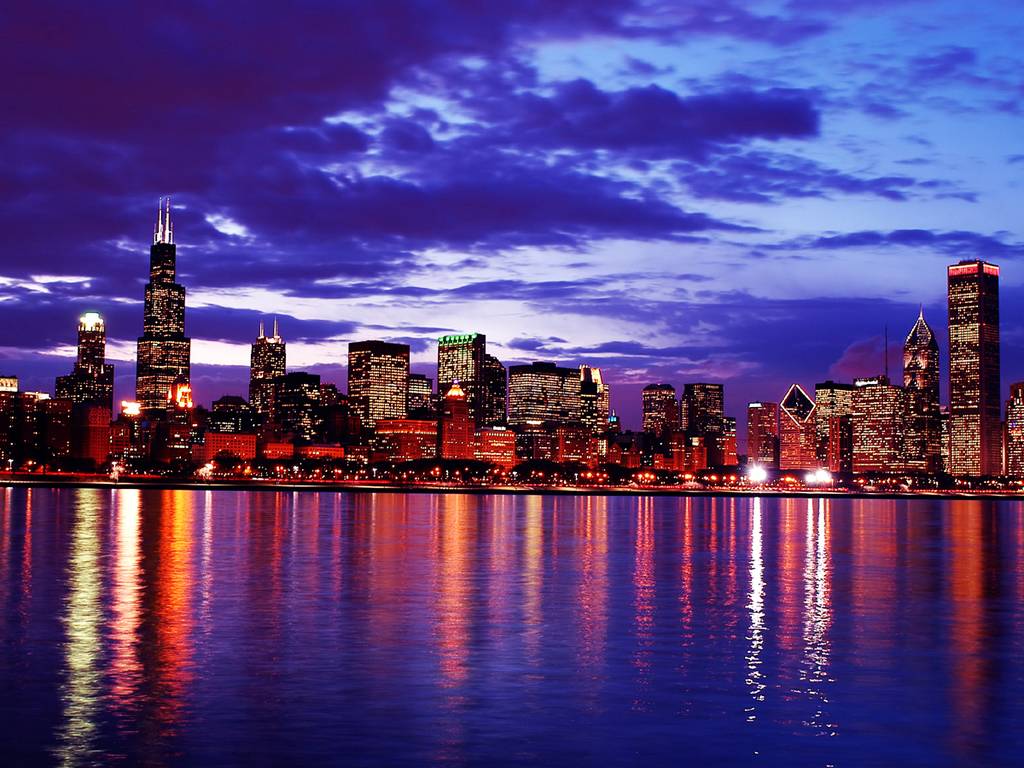
by: Ken Wong – Courtesy: Gogobot
Why it’s Forward-Thinking: Chicago is known as one of the most eco cities in the US, with a high concentration of LEED certified buildings (the most in the country) and a suburb, Evanston, has done some important experiments with pedestrianizing its downtown. Plus, they are not afraid of one of today’s biggest buzzwords: data. They appointed a Chief Data Officer to help use open data to make life better for people in the city. The MacArthur Foundation partners with the city on various civic initiatives including affordable housing and support for local organizations.
New York
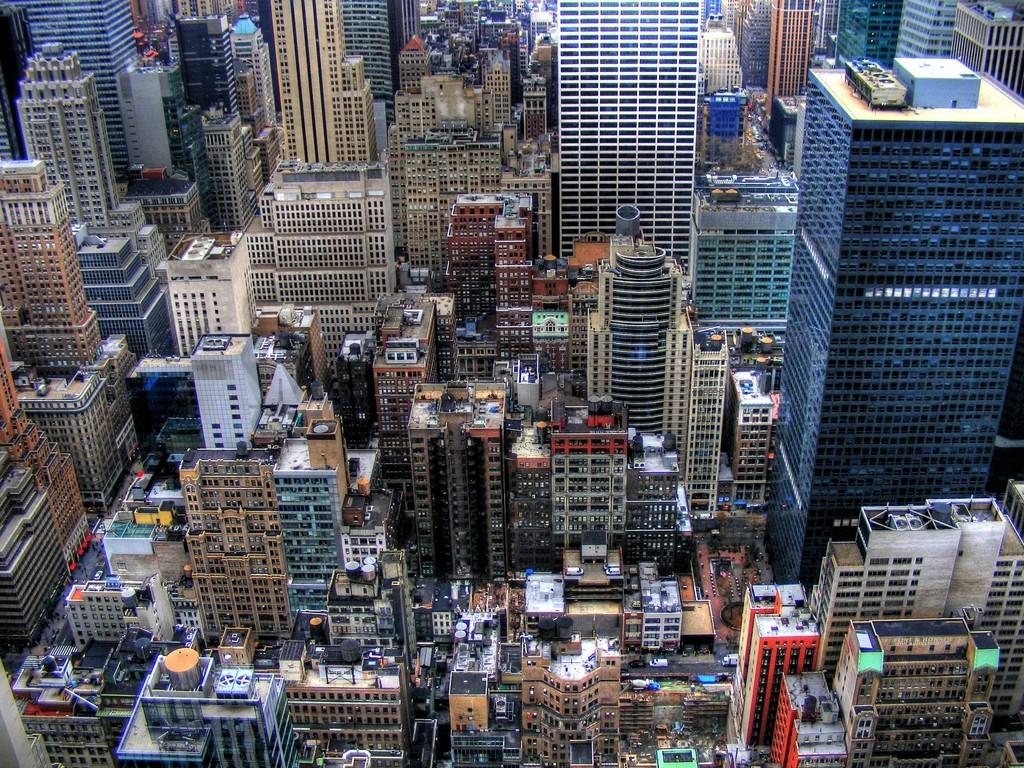
by: Christopher Isherwood flickr – Courtesy: Gogobot
Why it’s Forward-Thinking: New York City has the ability to reinvent itself continuously. Did you know its tech sector is equal in size to Silicon Valley’s? The city has also instituted a positive, shame-free program to combat HIV and STIs, where condoms and HIV prevention drug PrEP are given out for free. They’ve had Barclay bikes for a while now but are also making strides in making the city safer for cyclists, and instituted city composting.
Philadelphia
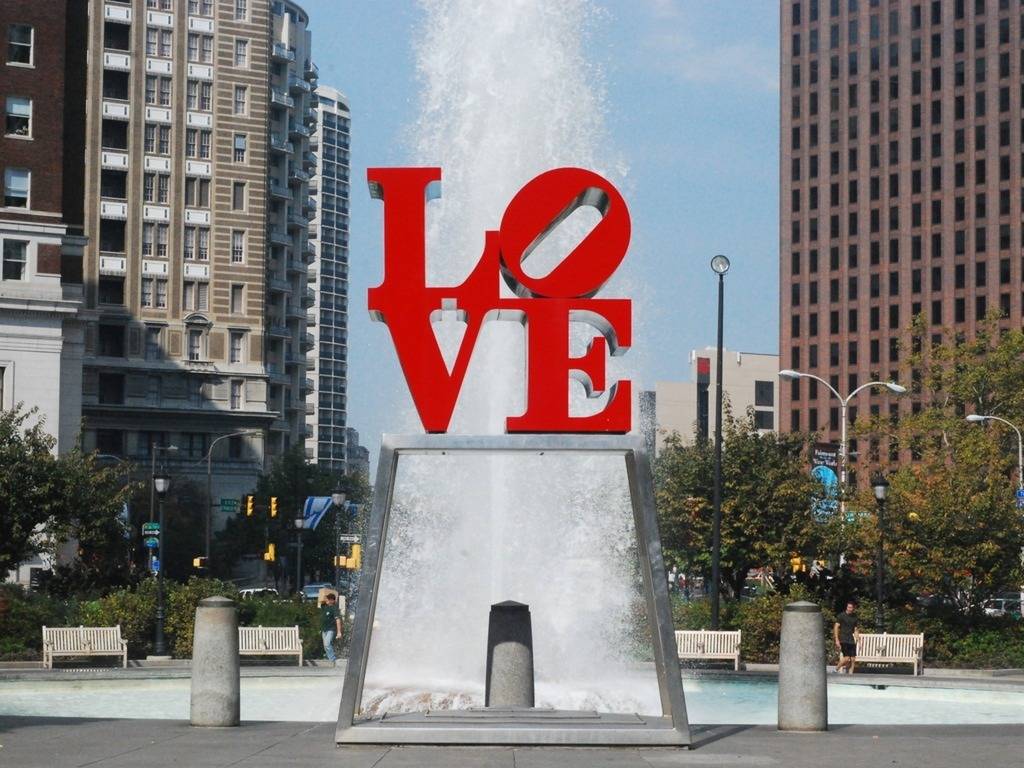
by: littleli1985 flickr – Courtesy: Gogobot
Why it’s Forward-Thinking: One thing many cities on our list have in common is a way with re-creating and re-generating urban wastelands. Philadelphia has created the Philly Land Bank, which makes buying vacant public lots easy as pie (or cheesesteak). Green City, Clean Waters is an initiative to reduce stormwater pollution through green infrastructure.
San Francisco
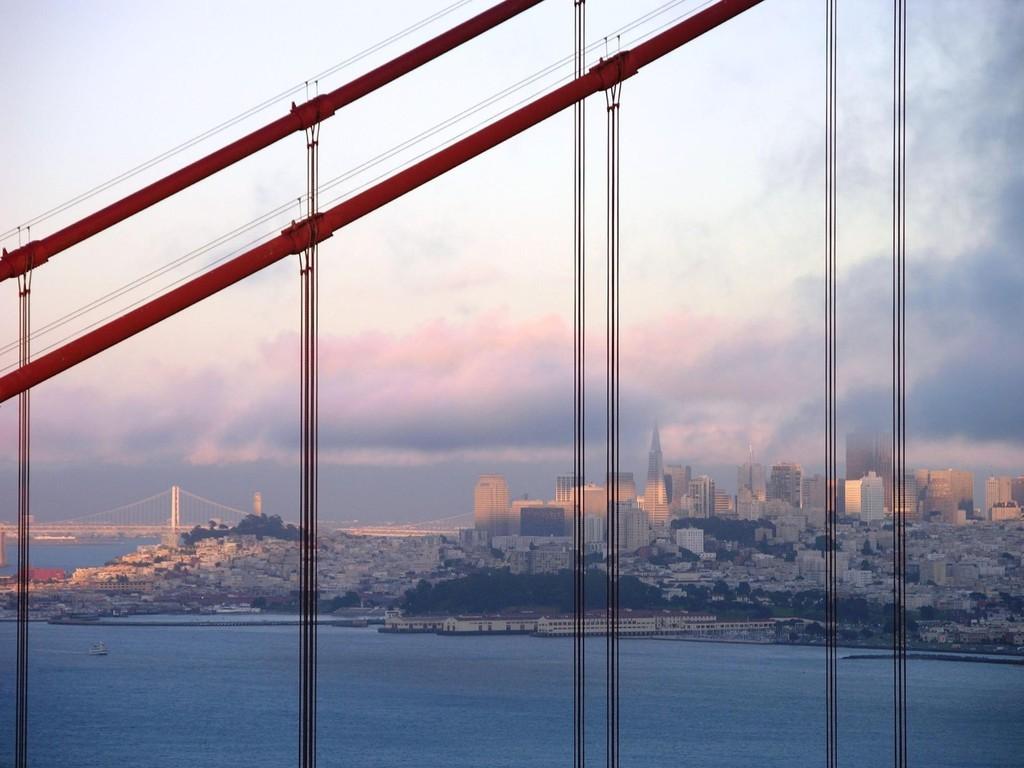
by: -Jérôme- flickr – Courtesy: Gogobot
Why it’s Forward-Thinking: The Bay Area has long been known for its progressive policies, and despite the astronomical cost of housing pushing out many artists and lower-income people, it is still a leader in creative civic policy. One of the first cities to compost, it’s set to become the first city to reach the $15 minimum wage in 2018 (though both Seattle and LA have also approved it). The Bay Area in general (which includes Silicon Valley and San Jose) also has the highest number of patents registered each year compared to anywhere else in the US…with a large number registered outside of the tech sector, as well.
San Jose and Silicon Valley
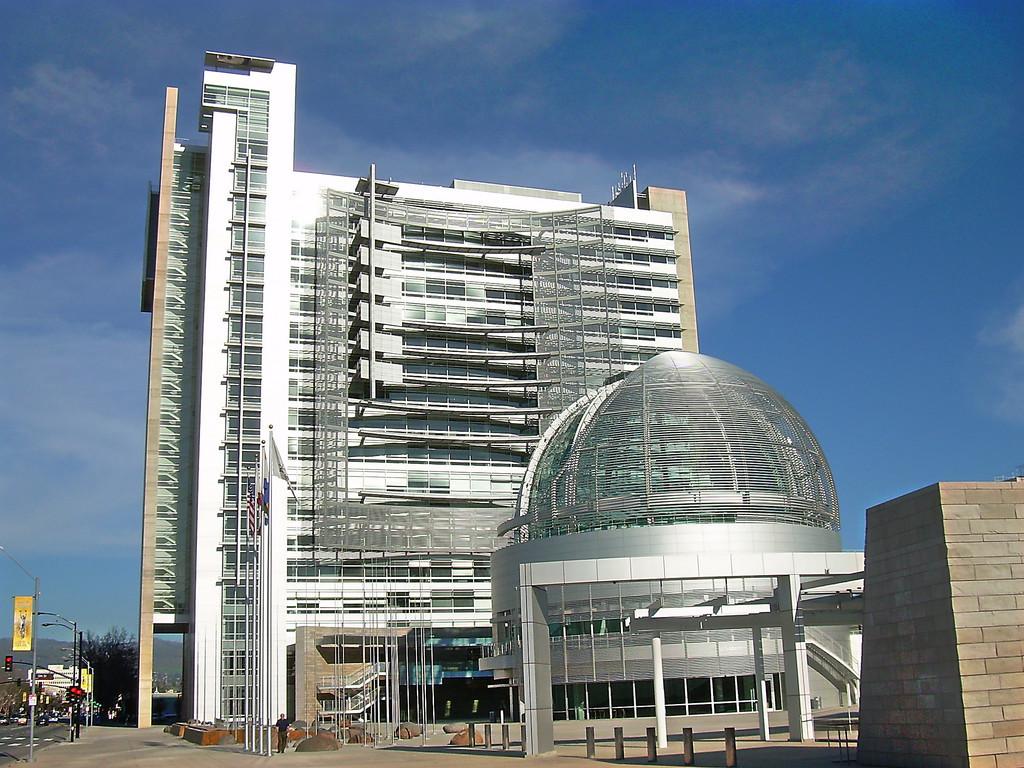
by: roarofthefour flickr – Courtesy: Gogobot
Why it’s Forward-Thinking: We couldn’t leave San Jose and Silicon Valley off the list, as distinct from San Francisco. San Jose, specifically, is working on a plan -‘Smart City Vision’ to help it become America’s MOST innovative city by 2020, using big data to make the city safer, more inclusive, and more eco. Add in their museum dedicated to Tech Innovation and the previously mentioned massive number of patents issued in the Bay Area, plus the huge effect Silicon Valley has had on the rest of the world via tech innovation, and San Jose is a natural. We’re looking forward to seeing how the Smart City Vision pans out.
Boston
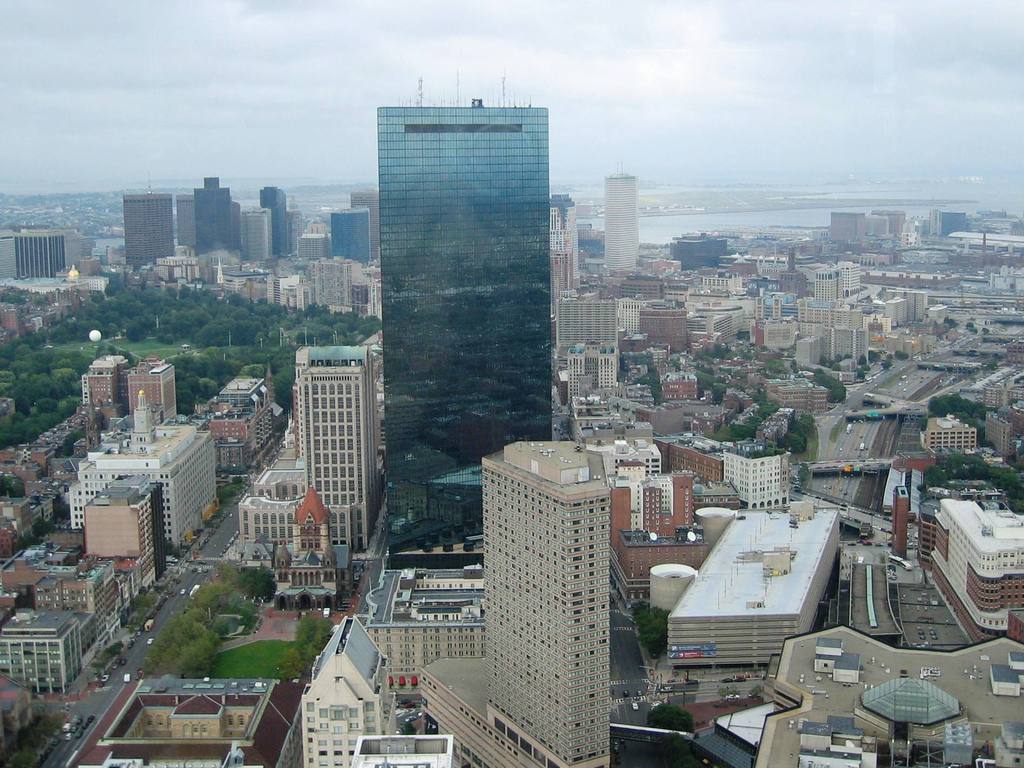
by: Celeny Da Silva – Courtesy: Gogobot
Why it’s Forward-Thinking: Boston has redeveloped 1000 acres of waterfront into the Innovation District, an area meant to foster entrepreneurship and collaboration in an urban environment. It’s helping the city add new jobs and businesses, and not just in tech – around 11% of new companies are education or non-profit. Boston’s focus on university education is impressive – Harvard and MIT each train some of the country’s best minds – and Children’s hospital is a world leader in medical research.
Source: gogobot.com

